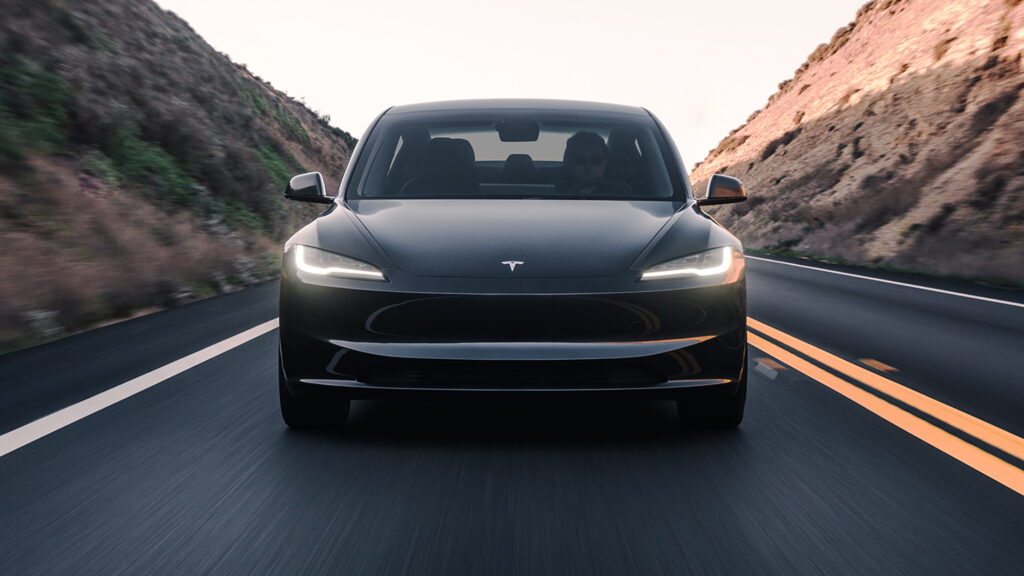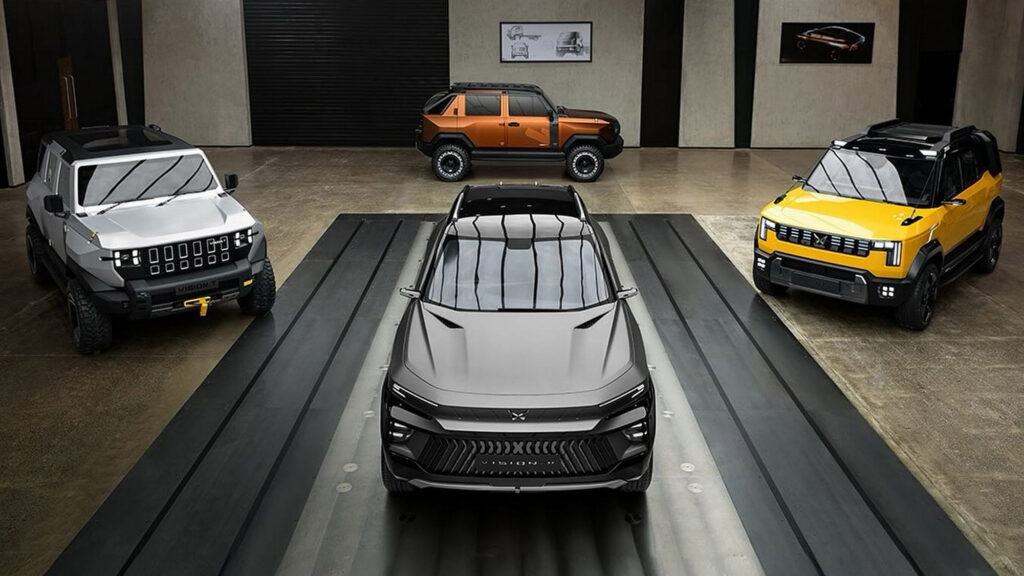Seneca Valley Partners with First Student to Deliver Smarter, Safer Student Transportation
CINCINNATI, Ohio – First Student, the company setting the standard for innovation in school transportation, has been selected by Seneca Valley School District (SVSD) in Pennsylvania to provide student transportation services, beginning in the 2025-2026 school year. Backed by a brand-new fleet and advanced technology designed to elevate the ride experience for students and families, First Student will bring nearly 150 new buses to SVSD. All buses will be equipped with First Student’s award-winning HALO technology platform. HALO delivers real-time visibility, data-driven safety features, and streamlined communication tools that modernize school transportation to provide the best student transportation experience.
technology platform. HALO delivers real-time visibility, data-driven safety features, and streamlined communication tools that modernize school transportation to provide the best student transportation experience.
First Student is the industry leader in safety, utilizing on-vehicle technology that includes driver tablets, AI cameras, video systems, and a child check system. Guardians and caregivers of SVSD children will have access to First Student’s comprehensive transportation technology suite, which includes real-time tracking via the FirstView app. This feature provides families and district staff with live GPS updates, offering greater peace of mind and improved planning. Additionally, through performance monitoring and feedback channels, families will have an easy way to submit comments or concerns if needed.
“At First Student, we take great pride in delivering the best possible transportation experience for every student we serve,” said John Kenning, President and CEO of First Student. “For Seneca Valley families, that means combining a brand-new fleet with technology that keeps parents connected and informed. With the FirstView app, families can track their child’s bus in real time, creating greater transparency and peace of mind while ensuring every ride is safe, reliable, and welcoming.”
HALO’s technology also empowers school districts with an advanced driver navigation system for route optimization and timely arrivals, as well as student behavior monitoring tools that support communication between drivers and district staff.
“Seneca Valley is committed to providing the safest and most reliable transportation possible for our students,” said Dr. Tracy Vitale, Superintendent of Schools. “We welcome this new partnership with First Student and appreciate the expertise and resources they bring to support our transportation program.”
“Our partnership with Seneca Valley School District reflects a growing shift toward modern, connected, and student-centered transportation,” said Brian Fitzgerald, Senior Vice President, Mid-Atlantic Region at First Student. “Safety, service, and community are at the core of everything we do. We’re proud to bring our technology and expertise to support this outstanding school community.”
First Student is actively recruiting qualified drivers and offering competitive pay, paid instruction, and industry-leading training. This includes the First Serves program, which equips drivers with clinically backed communication tools and training to support students with disabilities, ensuring an inclusive and welcoming ride for every learner.
program, which equips drivers with clinically backed communication tools and training to support students with disabilities, ensuring an inclusive and welcoming ride for every learner.
About First Student:
First Student is reimagining the school bus experience for 5.5+ million students across North America every single day. As the undisputed leader in K-12 transportation, the company is on pace to complete 1 billion student rides during the 2025-26 school year, delivering not just students, but confidence, reliability, and peace of mind to families and school districts alike. Backed by a workforce of highly trained drivers and an industry-leading fleet of 46,000+ vehicles, including electric buses, First Student is a mission-driven partner in education. Recently named to the Inc. 5000 list of America’s fastest-growing privately held companies, First Student offers cutting-edge services including special needs transportation, AI route optimization, fleet electrification, vehicle maintenance services, and charter services. First Student’s impact extends beyond logistics: every ride is designed to be a safe and supportive space where students can start their day with a great experience. With innovation at our core, First Student is driving the future of student transportation one ride at a time.
The post Seneca Valley Partners with First Student to Deliver Smarter, Safer Student Transportation appeared first on School Transportation News.
































